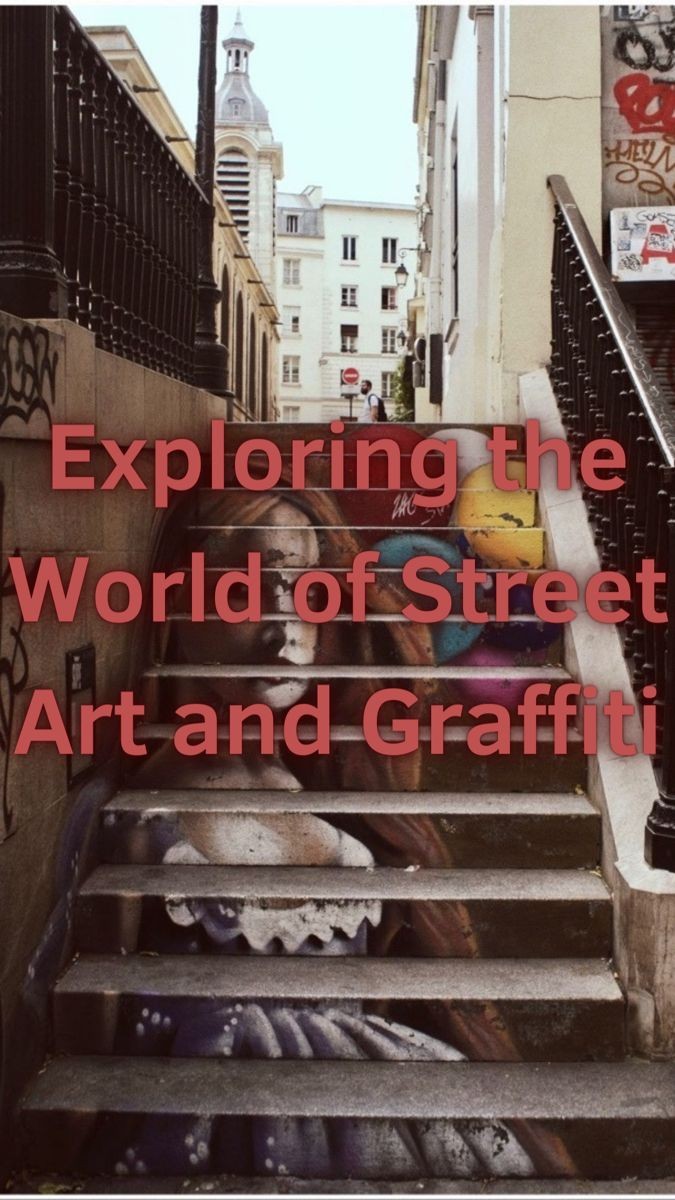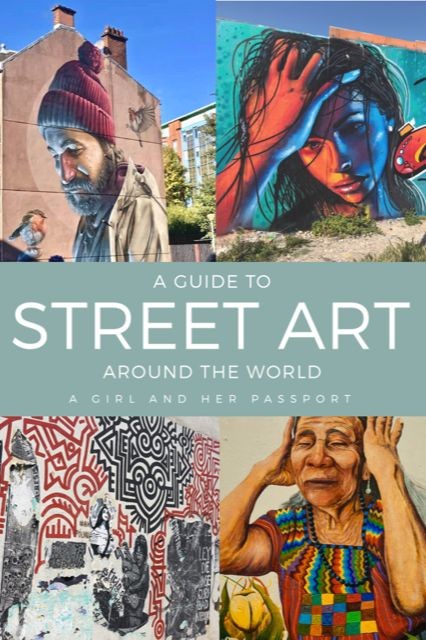The history and cultural significance of street art.
Street art is a form of visual art created in public spaces, typically unsanctioned artwork executed outside of the context of traditional art institutions. This type of art is often characterized by its ephemeral nature, as it can be easily removed or painted over. Over the past several decades, street art has emerged as a powerful cultural force, providing a platform for artists to express their creativity and make powerful social and political statements. In this article, we will explore the history and cultural significance of street art, examining its evolution over time and its role in contemporary culture.
The Origins of Street Art
The origins of street art can be traced back to the 1960s and 1970s when artists began to create works in public spaces as a means of challenging the dominance of traditional art institutions. This period saw the emergence of graffiti as a form of political expression, with artists using spray paint and markers to leave their mark on public spaces. This type of graffiti often had a political or social message, with artists using the medium to comment on issues such as poverty, inequality, and racism.
During the 1980s, street art began to evolve and expand, with artists experimenting with new techniques and mediums. Stencil art, which involves using stencils to create images on walls, became a popular form of street art during this period. Artists also began to use paste-ups, which involve printing images on paper and then pasting them onto walls, as a means of creating large-scale artworks.
Street art is a form of art that is created in public spaces, often without permission, and is intended to be seen by a wide audience. Its origins can be traced back to the late 1960s and early 1970s when a group of young artists began to challenge the traditional forms of art that were being exhibited in galleries and museums.
One of the earliest forms of street art was graffiti, which emerged in New York City in the late 1960s. Graffiti artists would use spray paint to create large, colorful murals on the sides of buildings and subway trains. At first, graffiti was seen as a form of vandalism and was actively discouraged by authorities. However, as the movement grew in popularity, it began to be seen as a legitimate form of artistic expression.
In the 1980s, a new form of street art emerged in the form of stencil art. This involved cutting out designs from paper or cardboard and using them as a template to spray paint images onto walls and other surfaces. Stencil art allowed artists to create intricate designs with a high degree of precision, and it quickly gained popularity in urban areas around the world.
Another important development in the history of street art was the emergence of street installations and public interventions. Artists began to create sculptures and other installations that were placed in public spaces, often without permission. These works were designed to challenge the traditional boundaries between art and everyday life, and they often had a political or social message.
Today, street art has become an important part of contemporary art culture. Many artists who began their careers creating street art have gone on to become successful in the traditional art world, and street art exhibitions are now held in major museums and galleries around the world. While some still view street art as a form of vandalism, many people now see it as an important form of artistic expression that can transform public spaces and challenge our understanding of what art can be.

The Rise of Street Art as a Cultural Force
In the 1990s, street art began to gain wider recognition as a legitimate art form. This was due in part to the emergence of artists such as Banksy, who became known for their innovative and provocative works. Banksy's art often features political and social messages, and he has become one of the most well-known and influential street artists in the world.
During this period, street art also began to gain recognition from traditional art institutions, with galleries and museums hosting exhibitions featuring the works of street artists. This helped to elevate street art to the level of other contemporary art forms and helped to establish its status as a legitimate art form.

The Cultural Significance of Street Art
Street art has become an important cultural force, providing a platform for artists to express themselves and make powerful social and political statements. Street art often addresses issues such as poverty, inequality, and racism, and can serve as a powerful form of social commentary.
Street art can also serve as a means of reclaiming public spaces and can help to promote a sense of community and belonging. By creating works in public spaces, artists can help to transform these spaces into sites of beauty and creativity and can help to create a sense of ownership and pride among community members.
Street art has emerged as a powerful cultural force in recent years, challenging traditional notions of art and bringing creative expression to public spaces. What was once viewed as vandalism is now recognized as a legitimate art form, with prominent street artists gaining worldwide recognition and acclaim. This rise of street art can be attributed to a growing appreciation for urban aesthetics, as well as a desire to reclaim public spaces from the homogeneity of corporate branding. With its ability to engage diverse audiences and spark conversations about social issues, street art has become an important tool for cultural expression and political activism in communities around the world.
Conclusion
Street art has emerged as a powerful cultural force, providing a platform for artists to express themselves and make powerful social and political statements. While it may have started as a form of graffiti, street art has evolved and expanded over the past several decades and has become an important and legitimate art form. Street art can serve as a means of reclaiming public spaces, promoting community pride and belonging, and serving as a powerful form of social commentary. As such, it is an important and valuable aspect of contemporary culture.


You must be logged in to post a comment.